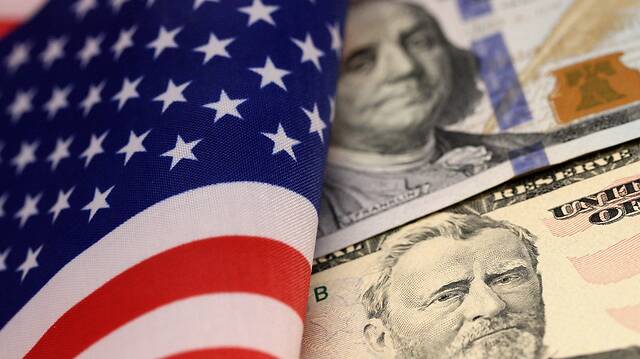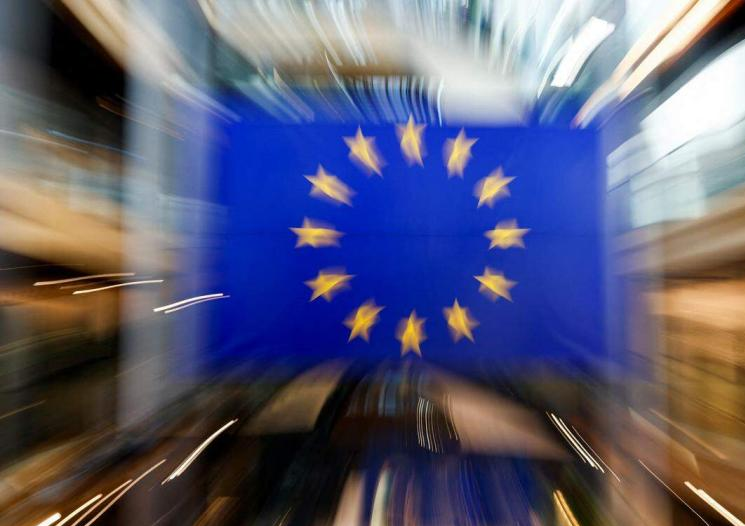On December 13, after concluding its monetary policy meeting, the Federal Reserve announced that it would leave the target range for the federal funds rate unchanged at 5.25% to 5.5%. This is the third time in a row that the Fed has paused rate hikes since its September meeting. As the market expected, the Federal Reserve completed the "curtain call" of the year by suspending interest rate hikes. It is widely believed that the Fed's current rate hike cycle is over.
Compared with the Fed's interest rate statement in November, the overall wording in December has some new changes, and the attitude is obviously "dovish". On economic growth, the language changed from "economic activity expanded at a strong pace in the third quarter" to "the strength in activity growth since the third quarter has moderated". In terms of inflation, it changed from "inflation remains at a high level" to "inflation has eased over the past year, but remains at a high level." It is worth special attention that compared with the past prevarication, this time the chairman of the Federal Reserve made it clear that the Federal Reserve has entered the end of the interest rate hike cycle, and the discussion of interest rate cuts has been started.
Before the meeting, the market had expected a "hawkish" guidance from the Fed and a reluctance to discuss rate cuts. In the face of the uncertain economic situation, the Fed did not stick to its policy stance, and its loose tone further boosted market sentiment. The three major U.S. stock indexes rose after the announcement. According to the latest economic outlook, six of the 19 members of the Federal Open Market Committee see the federal funds rate at 4.5% to 4.75% next year, five expect it to fall to 4.75% to 5%, and only two think it will remain at its current level next year. That means at a rate of 25 basis points each, the Fed could cut rates three times next year.
This is in line with the general expectation of a rate cut next year, but there is a big divergence between financial markets and authorities on when to cut interest rates. On the one hand, the US federal funds swap market suggests traders are pricing in a first rate cut as soon as March. On the other hand, core inflation in the United States remains resilient, especially with resistance to further declines in service sector prices.
Behind the mixed market reaction is recent mixed economic data in the United States. Overall, the US economic growth rate is quite optimistic, but the numbers cannot hide the economic pressure. On December 1, the latest data released by the US Institute for Supply Management showed that the US manufacturing purchasing managers index (PMI) was 46.7% in November, the same as in October, and lower than the expected 47.6%. In addition to the continued weakening of economic momentum, U.S. business data was not optimistic. The Conference Board's leading index, for example, fell 0.8 per cent in October, its 19th consecutive monthly decline. The last time the index fell in a row was during the international financial crisis from late 2007 to 2009. The Chicago Fed's National Activity index also unexpectedly cooled to -0.49 in October, below expectations and the previous reading. The Fed's Beige Book survey showed that US economic activity has slowed since mid-October and the outlook for the economy over the next six to 12 months has weakened.
At the same time, the US fiscal factors also affect the direction of monetary policy. The reason why the US economy is not currently showing signs of recession is because of massive fiscal spending. According to the latest data released by the US Treasury Department, the federal government's fiscal deficit in the fiscal year 2023 reached $1.69 trillion, an increase of $320 billion over the previous fiscal year, an increase of 23%. Aggressive fiscal policy is preventing inflation from falling further, and the Fed will cut rates more slowly than expected. Historically, the Fed's rate-cutting cycles have mostly been consistent, but based on a rapidly weakening economy. If the current US economy continues to be resilient, the Fed may also hit the pause button after the first rate cut.
Although the rate hike cycle has peaked, in the course of the Fed's policy shift, global financial markets will also be hit, bringing more uncertainty to the world economy. Economies need to buckle up ahead of the upcoming bumps in US macro policy.


























